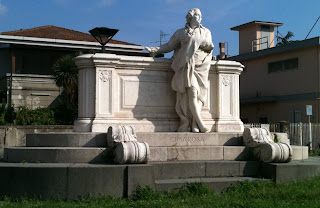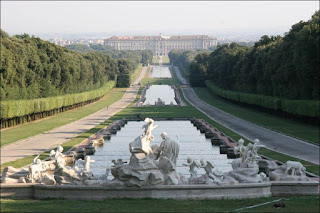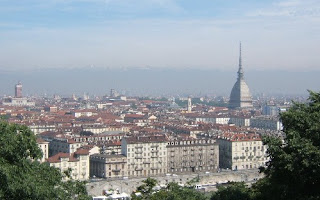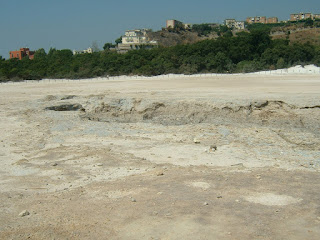Musician who developed the model for ‘comic opera’
A prolific composer of operas, Domenico Cimarosa was born on this day in 1749 in Aversa, between Naples and Caserta in Campania.
 |
| Domenico Cimarosa's work is recognised with a monument in his home town of Aversa in Campania Photo: Dinamo86 (CC BY-SA 3.0) |
Cimarosa wrote more than 80 operas during his lifetime, including Il Matrimonio Segreto (The Secret Marriage), which is considered to be his finest work.
Other composers judge it to be among the greatest examples of opera buffa, the Italian term for comic opera and Verdi considered it to be the model for the genre.
Cimarosa attended a free school connected to a monastery in Naples where the organist taught him music and as a result obtained a scholarship to attend a musical institute in the city for 11 years.
He wrote his first opera at the age of 23 and, after several successes in theatres in Naples, he was invited to Rome where he produced another comic opera, L’Italiano in Londra.
He travelled throughout Italy, writing operas for theatres in Naples, Rome and Florence until he was invited to St Petersburg by Empress Catherine II. He remained at her court for four years composing music for important occasions.
He then went to Vienna at the invitation of Leopold II where he produced his masterpiece, Il Matrimonio Segreto.
After he returned to Italy, he found that Naples was occupied by troops of the French Republic and he was imprisoned for a while for political reasons.
He left Naples in poor health and died in Venice in 1801.
Travel tip:
Many of Domenico Cimarosa’s early works were staged at Teatro Nuovo in Naples, a theatre built in 1723 in Via Montecalvario in the Spanish Quarter of the city. Although it was damaged by two fires over the years and had to be rebuilt, the theatre is still thriving and hosting a variety of plays and concerts. Visit www.teatronuovonapoli.it for details of the 2015-2016 programme.
 |
| The Royal Palace at Caserta |
Travel tip:
Domenico Cimarosa was born at Aversa in Campania, which is north of Naples and south of Caserta, a town famous for its Royal Palace. The Palace, originally built for King Charles VII, is thought to be the largest royal residence in the world. The architect, Luigi Vanvitelli, also designed its magnificent park and huge waterfall.
Home


.jpg)






